How Does Gold Refining Work?
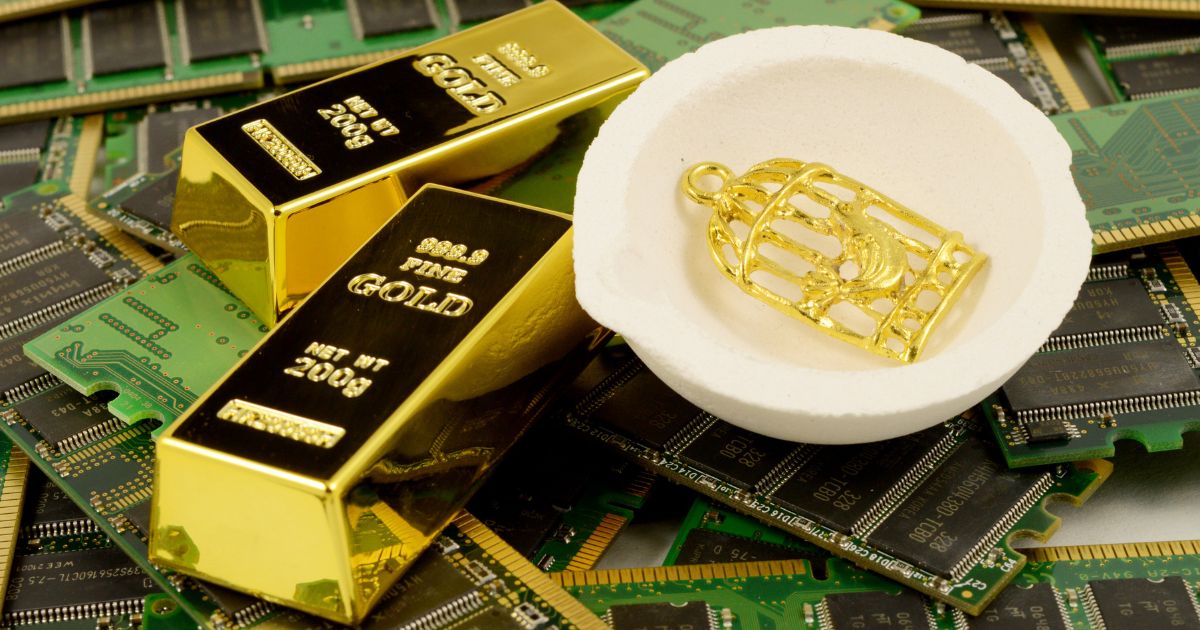
The gold refining process is integral for ensuring investment-grade quality gold. In the introduction section, it is important to define what gold refining entails and why it is important. Refining removes impurities from raw gold ore or scrap in order to produce a commodity of high purity.
The primary goal is to isolate gold from other minerals in the precious metal. Modern refining techniques are more advanced and efficient than traditional methods.
By highlighting the definition, importance, and contrast between traditional and modern refining techniques upfront, you will understand the key role that gold refining plays for various industries that rely on high-quality gold such as jewellery, electronics, and investments.
Definition and Importance of Gold Refining
Gold refining is the process of purifying raw gold of its impurities and unwanted elements like silver, copper, zinc and nickel. The goal of refining is to produce gold that is at least 99.5% pure, if not higher. Achieving higher purity levels through refining gives gold several important advantages.
For one, higher-purity gold is less prone to corrosion or tarnishing over time. Refining also allows gold to meet quality standards for industrial uses in electronics and dentistry that require ultra-high purity. Lastly, refining increases the value of gold significantly, allowing companies to fetch a premium price when the refined gold is sold.
In summary, gold refining plays a vital role in developing a raw natural resource into a commercially and industrially desirable form through purity enhancement.
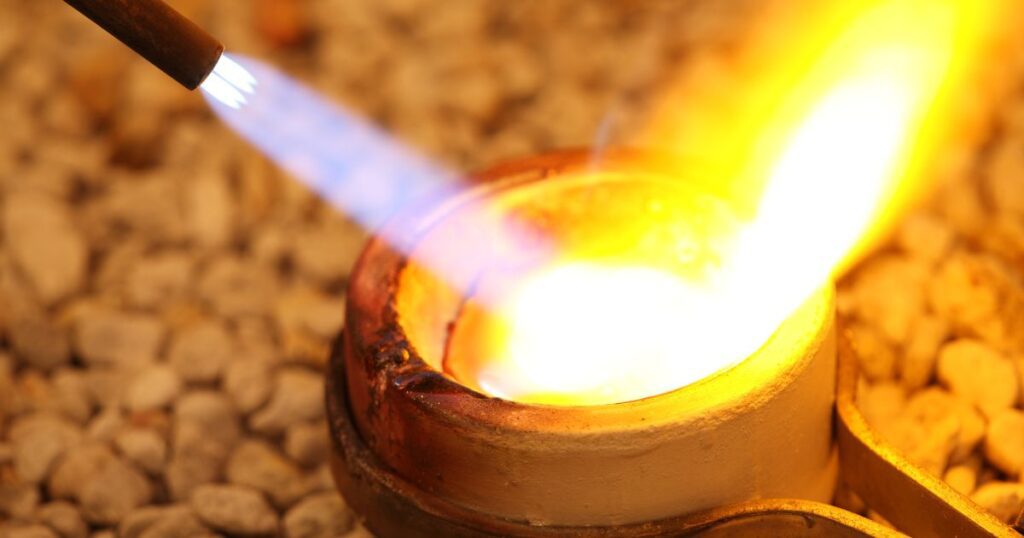
Traditional vs. Modern Refining Techniques
The techniques used to refine gold have advanced significantly from traditional to modern methods. Historically, refining involved hazardous processes to separate the precious metal from other raw materials. As the industry strived to improve efficiency and sustainability over time, new innovations were introduced.
Traditional Technique
Traditionally, gold refining involved the use of dangerous chemicals like mercury to separate gold from raw ore. With this method, gold would be heated along with mercury to form an amalgam from which the gold could then be isolated. However, this process poses environmental and health risks from the release of toxic vapour and liquid waste containing mercury.
Modern Technique
Modern refining techniques have advanced to use safer, non-chemical-based methods. One approach employs intensive milling to pulverise gold-bearing materials through grinding and polishing. Another technique applies leach solutions and carbon adsorption to chemically strip gold from crushed ore without mercury.
Some cutting-edge refineries integrate innovative bio-hydrometallurgical technologies as well. Through continuous process innovation, today's gold refining strikes an ideal balance of effectively extracting high-purity gold while minimising its environmental footprint.
The Role of Gold Refining in Various Industries
The electronics sector greatly depends on ultra-high purity gold refined to 99.99% or higher. At these levels, gold's unmatched electrical conductivity and resistance to corrosion make it ideal for components like CPU connections, printed circuits and sensors that must withstand demanding operating conditions. Meticulous refining is critical to eliminate even trace impurities that could cause malfunctions over time.
Similarly, refining produces gold purified to 99.95% or more suitable for medical applications. Its purity and biocompatibility allow use in dental crowns that can last decades in the mouth. Further refinement to 99.999% purity or above enables implantation technologies, as any contaminants could endanger patient health.
Within the investment industry, a minimum of 99.5% purity is required to buy gold bullion and official coins. However, many minting bodies actually specify 99.95% or higher via extra refining, since subtle differences in purity translate to large value fluctuations. Finally, the jewellery sector prefers carat levels starting at 99.5% purity to ensure lustrous pieces retain appearance and value.
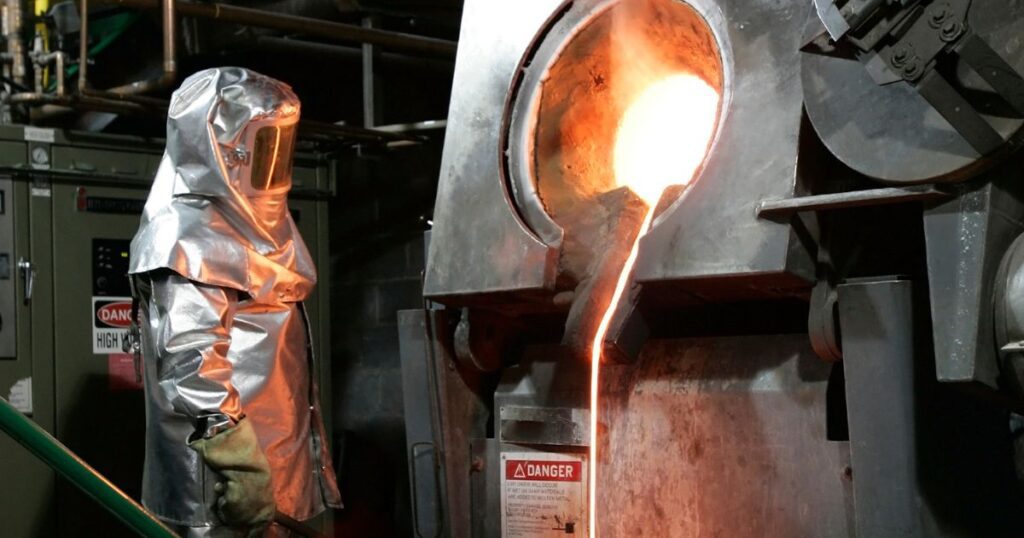
How Gold Refining Process Affect The Environment?
While refined gold products have numerous applications, the process of extracting and treating ores to separate the precious metal also carries environmental impacts. Historically, some traditional techniques like mercury amalgamation and cyanidation leaching risked significant pollution issues. Even today's more advanced hydrometallurgical and pyrometallurgical methods require large volumes of water and energy while generating chemical residues.
If not properly managed, refining activities could potentially contaminate nearby air, soil and water sources. For example, improperly storing chemical-laden tailings from leaching runs the risk of leeching contaminants into groundwater. Air emissions from roasting and smelting furnaces must also be thoroughly filtered to avoid releasing harmful particulates. Furthermore, mining the raw materials and transporting them for refining has a substantial overall carbon footprint.
However, with vigilant environmental stewardship, refineries can mitigate these risks. Investing in emission control, zero discharge wastewater plants, clean energy sourcing and reclamation of used sites allows operations to responsibly balance output with sustainability. Ongoing green technology development additionally aids the gold industry in refining ever more efficiently while lightening impacts on surrounding ecosystems over the long run.
Conclusion
In summary, gold refining plays a crucial behind-the-scenes role across major sectors of the economy through its purification of the precious metal. Advances in refining techniques have steadily increased efficiency and sustainability over time, transforming gold mining into a large-scale industry. Looking ahead, continued innovation will further optimise recovery rates and enable industries requiring ever-higher standards of purity to innovate.
As production rises to satisfy growing demand, ever-cleaner refining methods can counter sustainability challenges from expanding operations. Overall, gold refining represents an integral value-adding process that bridges raw mineral extraction to industrial and commercial applications of this highly valued commodity.
Categories
Latest Posts
-

Digital Gold vs. Physical Gold: A Comprehensive Guide
March 1, 2024 -

How is Gold Mined in Australia: A Deep Dive into the Extraction Process
February 21, 2024 -
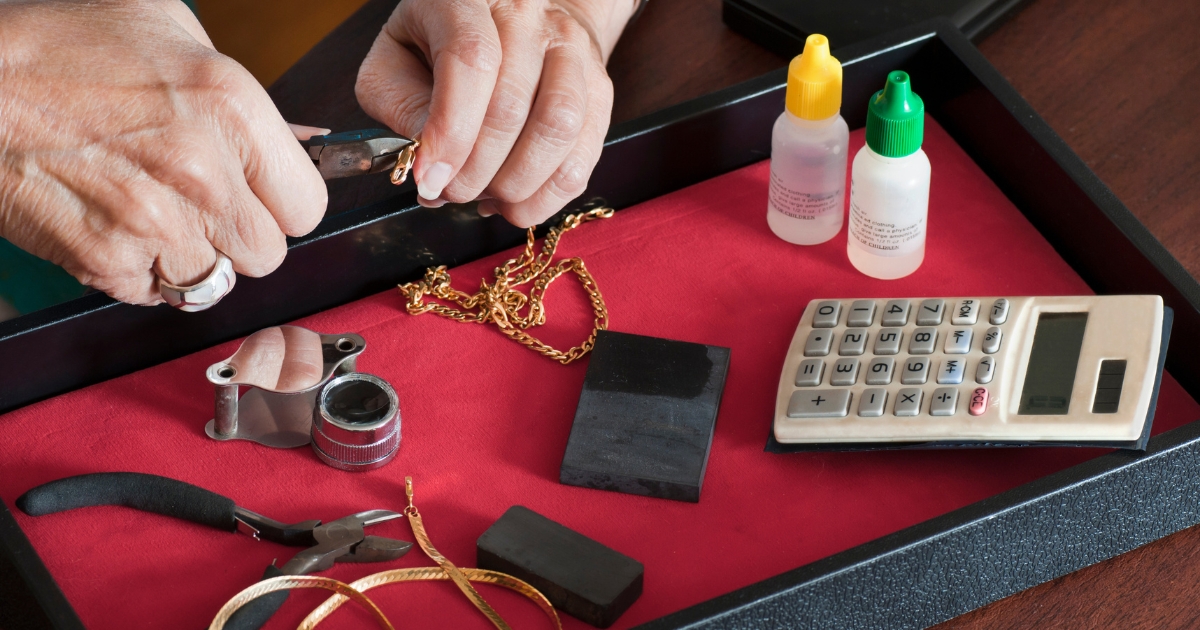
How To Get The Most Money For Your Gold Jewellery
February 15, 2024 -

Beginner’s Guide on How To Sell Silver in Australia
February 7, 2024 -

How To Invest in Silver in Australia For 2024?
January 31, 2024 -
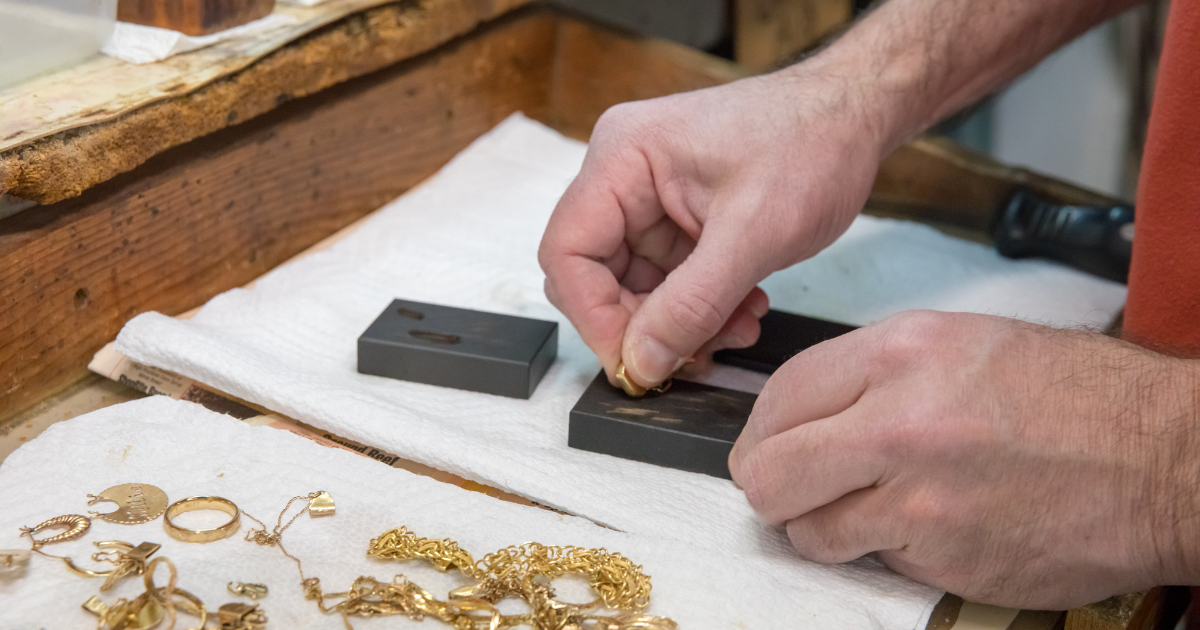
How Gold is Tested? All You Need To Know
January 25, 2024 -
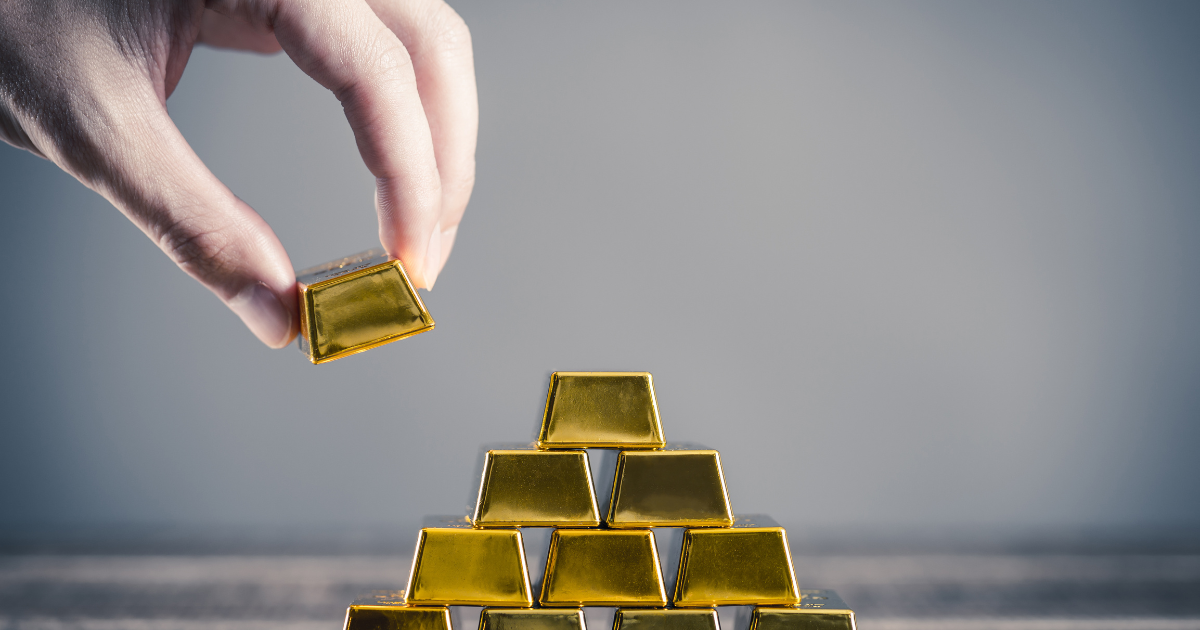
Gold Bullion and SMSF – All You Need To Know
January 19, 2024 -

Cast Bars vs Minted Bars – Clear Comparison
January 10, 2024 -

What is Platinum?
January 2, 2024 -

How To Invest in Gold ETF
December 21, 2023 -

The Largest Gold Nuggets Ever Found
December 18, 2023 -

What is Digital Gold and How Does it Work?
December 13, 2023 -
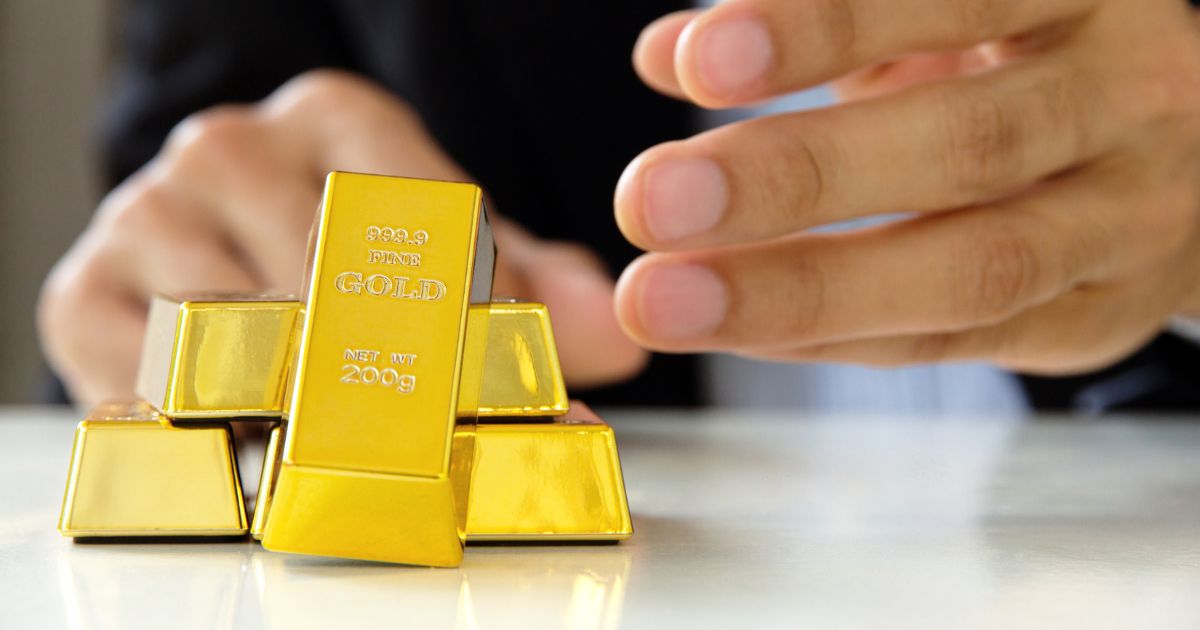
Best Ways To Invest in Gold in Australia
December 7, 2023 -
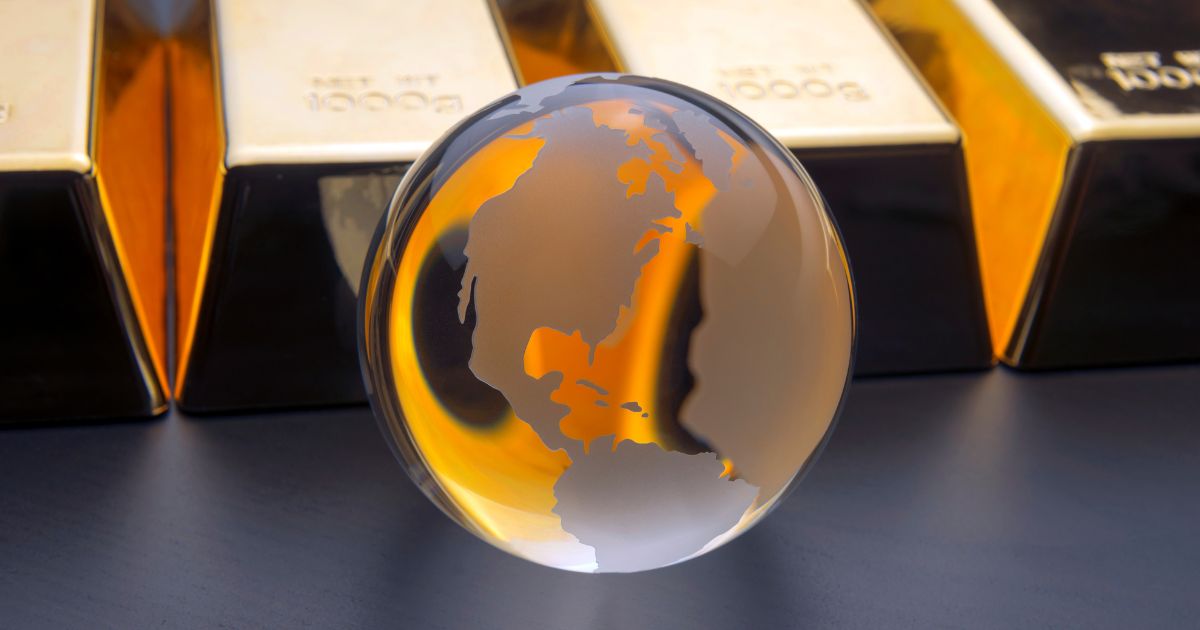
How Much Gold is There in the World?
November 29, 2023 -

Where and How To Store Gold and Silver?
November 23, 2023 -

The Relationship Between Gold and Inflation Over the Australian History
November 16, 2023 -

How Does Gold Refining Work?
November 9, 2023 -

Gold Bars vs Gold Coins: What Should You Buy?
November 1, 2023 -
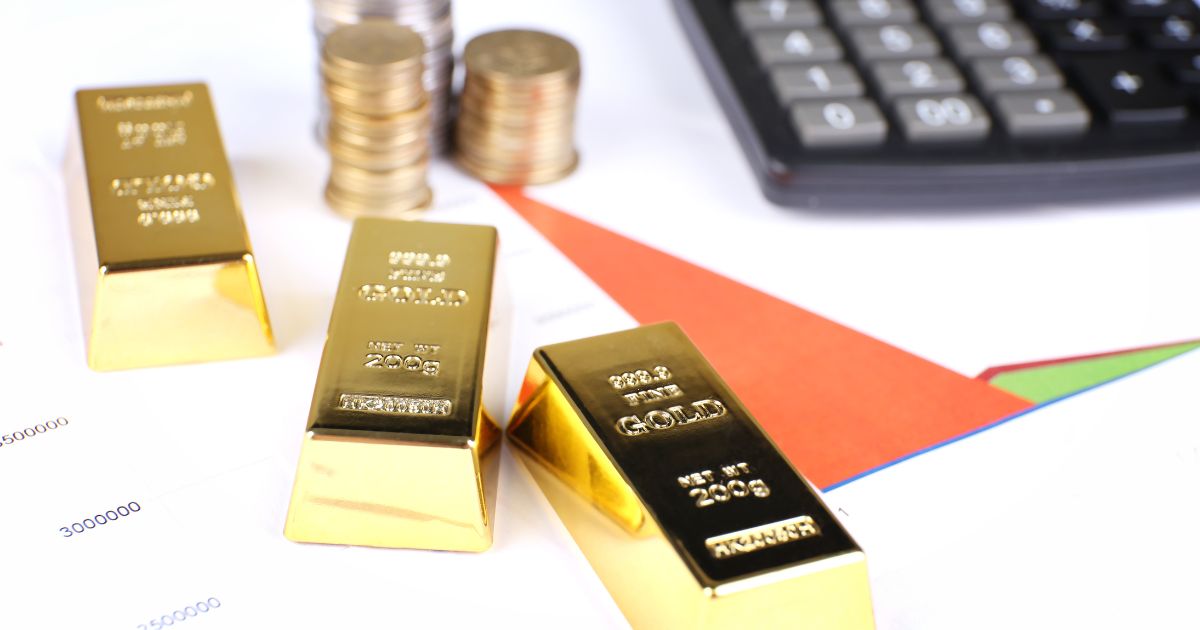
Know The Cheapest Way To Buy Gold
October 25, 2023 -

Why Invest in Gold? Top Reasons to Consider
October 18, 2023 -

How Much Gold Can You Buy Without Reporting in Australia?
October 15, 2023 -

The Best ASX Gold Stocks in Australia For 2023
October 9, 2023 -
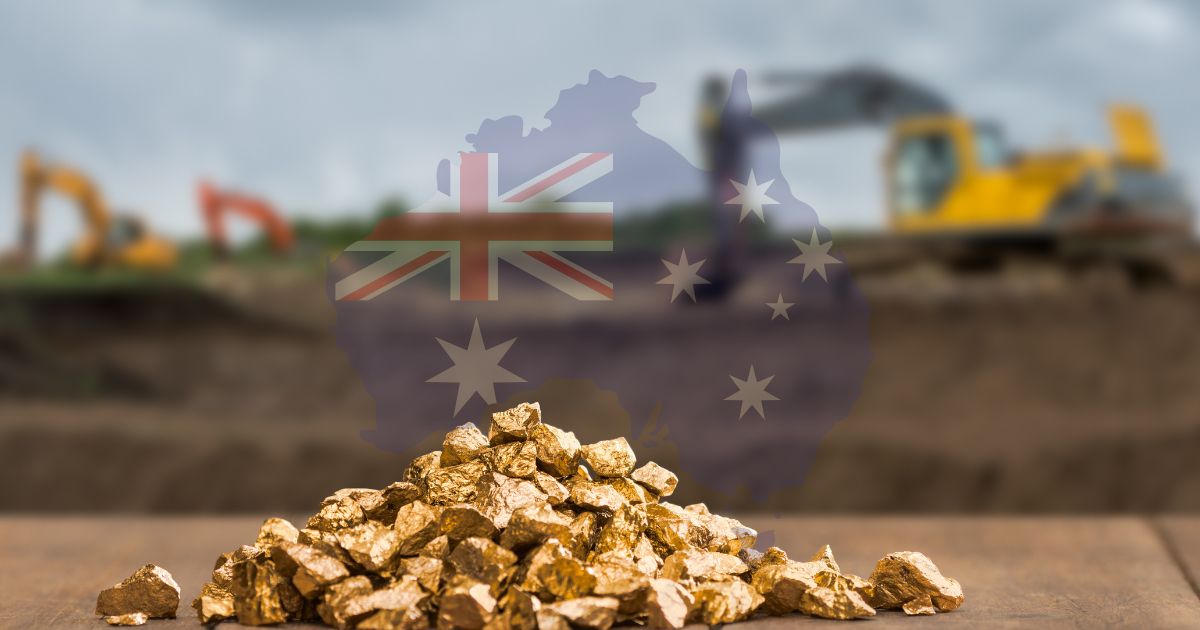
Top 10 Australian Gold Mining Companies in 2023
October 5, 2023 -
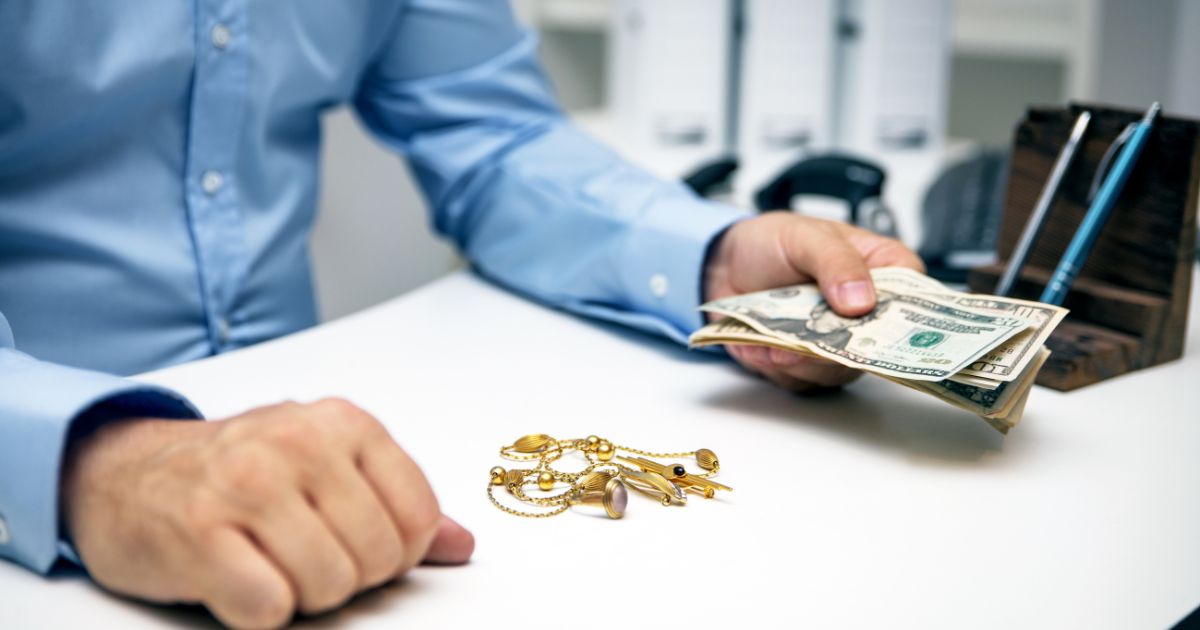
How to Sell Jewellery in Australia?
October 4, 2023
 07 4939 0239
07 4939 0239